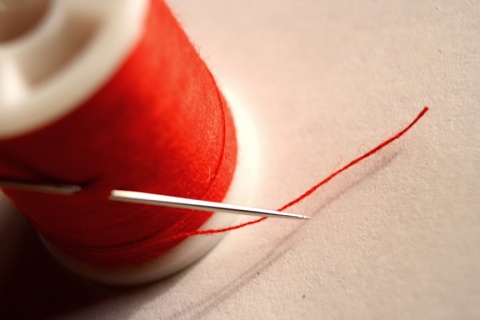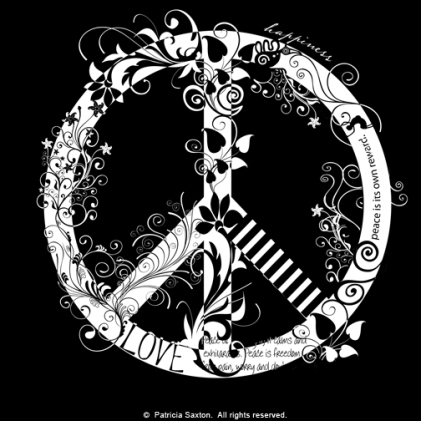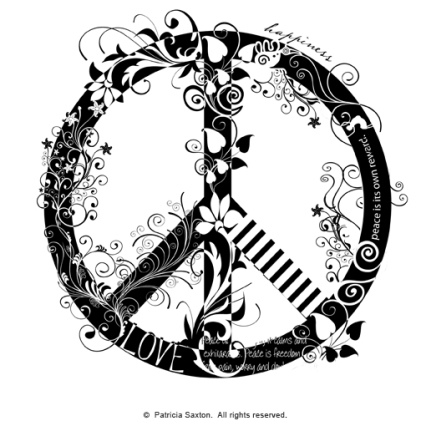New Season, New Shoes and Life on Mars
There may be life on Mars, have you heard? While we’re pondering that, there’ve been visits from the Pope, world leaders convening, and rare lunar eclipses eclipsing. Big stuff.
And somehow in between all that, seemingly small by comparison, our own lives happen. Everyday lives stitched together with various versions of joy and struggle. An ever-changing tapestry of our individual here and nows, hopes and dreams, fears and glories.
Life happens in moments, in thoughts, in conversations (and if you’re Italian it also happens in meals). It happens while your house needs painting and your front walk needs paving and your faucet needs fixing and your clients need tending. It happens while holding the hands of your spiritual sisters during hard, mind-boggling times. It happens while sharing stories with old friends and recognizing a kindred soul in the eyes of someone new. It comes as a hug from a child, a butterfly landing on your hand, a laugh, or a cry. When you read, go for a walk, talk to your pets. It happens when you’re alone. It happens when you’re not. It happens when we do things with love. There’s nothing small about any of that.
And I had no idea I’d be going in that direction ^ when I started writing this post. I’d meant to point out the changing of seasons, tie that in with both the evolution of my next book and the fact that the shoemaker – me – finally made her own new shoes –new website (well there, I just mentioned it), and how so much can transpire in a month’s time, even while you’re immersed, head down, in dragonry and a whole bunch of design and wondering how and when you’re going to deal with your crumbling walkway.
I guess the point is to embrace your here and now. Do your best. Stitch well. Pay attention to your heart. And, yes, believe in magic.
PS: For the record, I have no interest in visiting Mars any time soon. There’s plenty of life right here.








